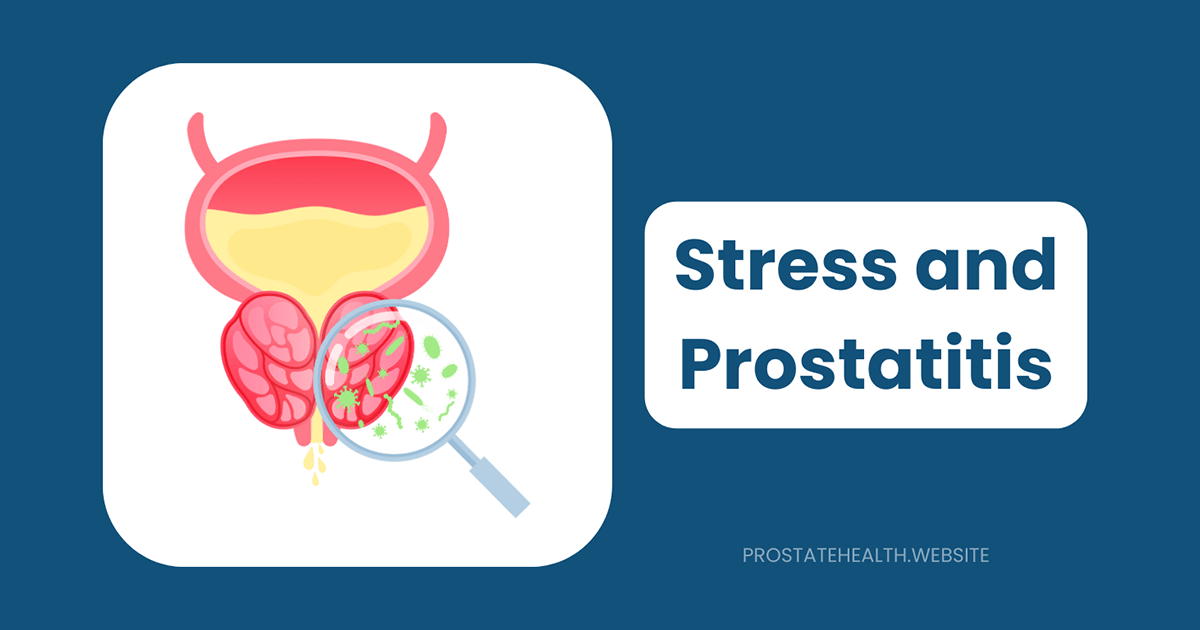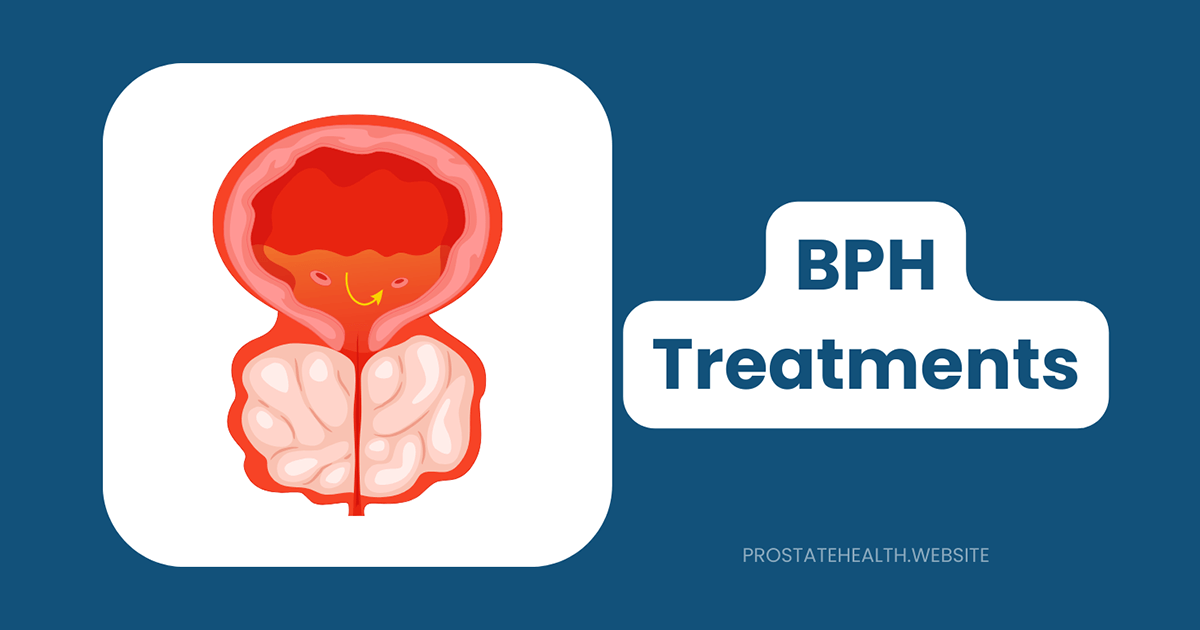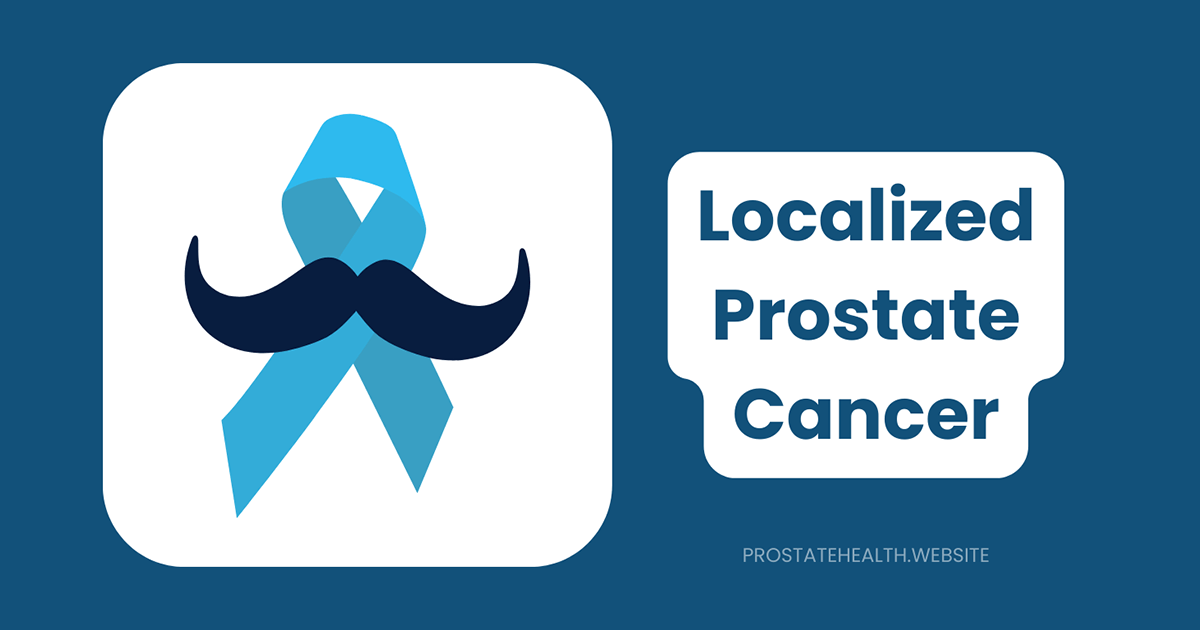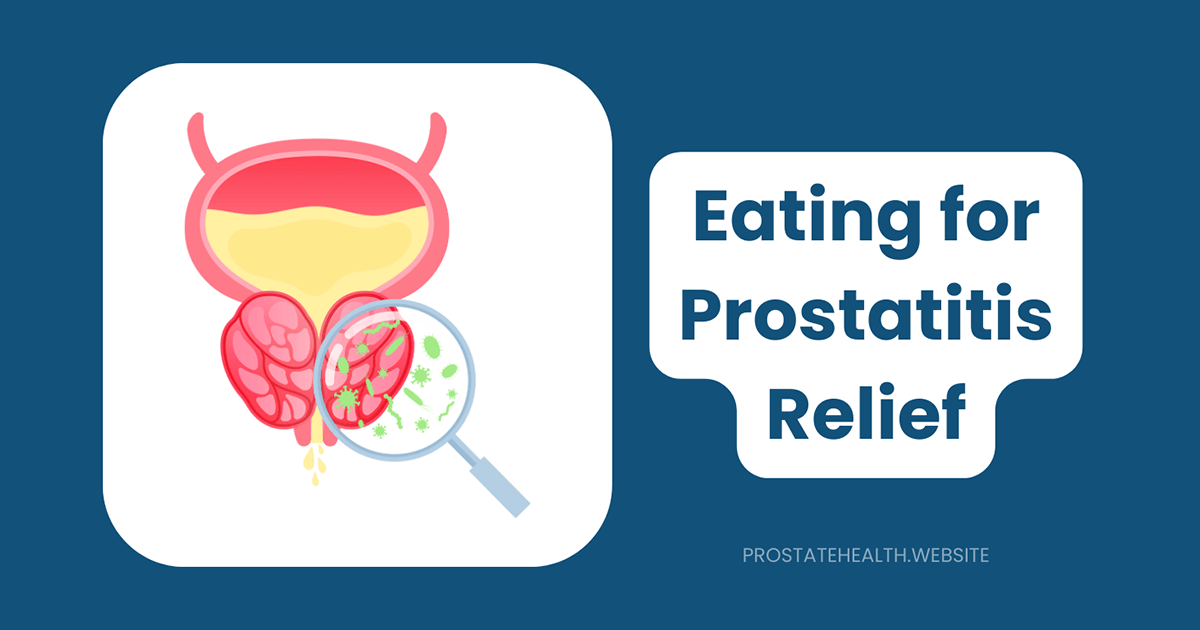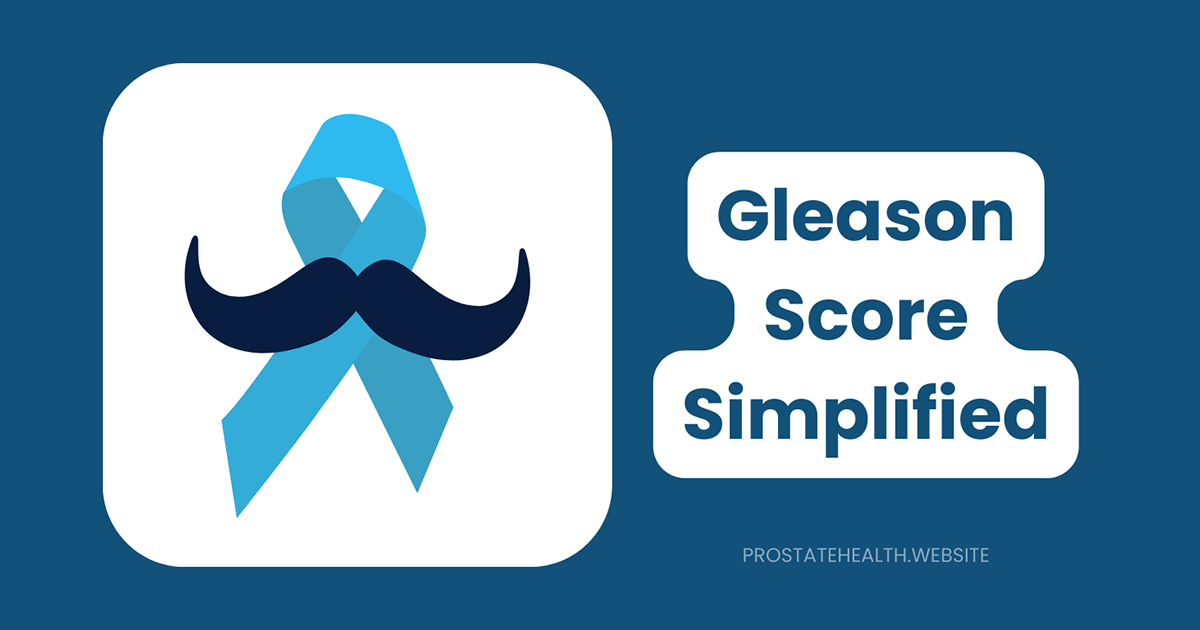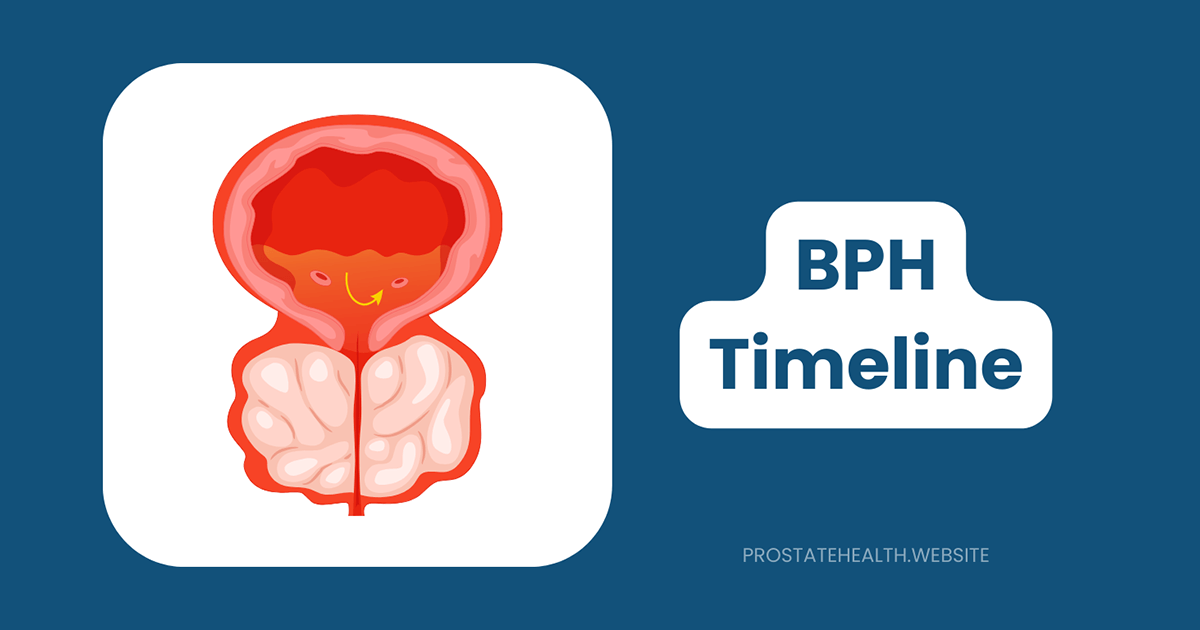Alternative Medicine Approaches for Prostatitis Management
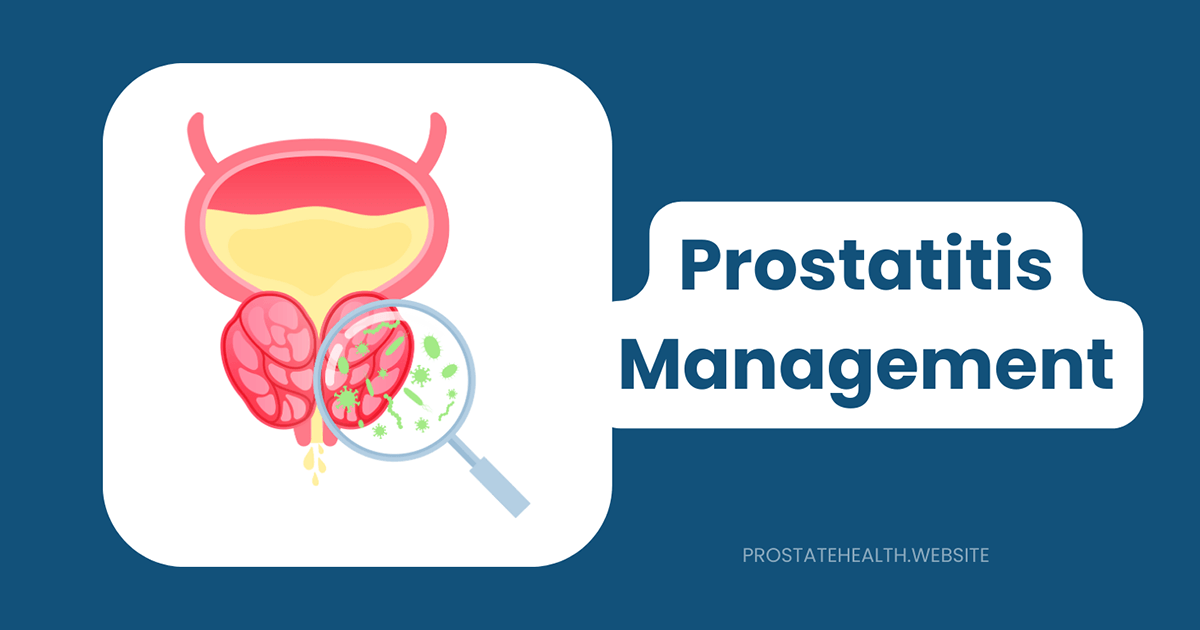
For the millions of men struggling with prostatitis, conventional medical treatments don’t always provide complete relief. Antibiotics, the standard treatment for bacterial prostatitis, often fail to help those with non-bacterial forms of the condition. Even when medications work, side effects can be troublesome, leading many men to explore alternative approaches.
As someone who has worked with countless men navigating prostate health challenges, I’ve seen firsthand how complementary and alternative medicine (CAM) approaches can provide relief when conventional treatments fall short. Today, I’m sharing evidence-based information about alternative medicine options that may help manage prostatitis symptoms and improve quality of life.
Understanding Prostatitis: A Brief Overview
Before diving into alternative treatments, let’s clarify what we’re dealing with. Prostatitis refers to inflammation of the prostate gland and encompasses several distinct conditions:
- Acute bacterial prostatitis: A sudden bacterial infection with severe symptoms
- Chronic bacterial prostatitis: A recurring bacterial infection with persistent symptoms
- Chronic prostatitis/chronic pelvic pain syndrome (CP/CPPS): The most common form (90% of cases), often without identifiable infection
- Asymptomatic inflammatory prostatitis: Inflammation without symptoms
CP/CPPS is particularly challenging to treat with conventional medicine alone, making it the form most likely to benefit from alternative approaches. Symptoms can include pelvic pain, urinary problems, sexual dysfunction, and reduced quality of life.
Herbal Supplements and Botanicals
Several plant-based supplements have shown promise for prostatitis management in clinical studies:
1. Quercetin
This flavonoid found in many fruits and vegetables has powerful anti-inflammatory and antioxidant properties.
The evidence: A randomized, double-blind, placebo-controlled trial published in Urology found that men taking 500mg of quercetin twice daily for one month experienced a significant improvement in symptoms compared to those taking placebo. The study showed a 67% improvement in the quercetin group versus 20% in the placebo group.
How to use it: Typical dosages range from 500mg to 1,000mg daily, divided into two doses. Quercetin is often combined with bromelain and papain to enhance absorption.
Potential side effects: Generally well-tolerated, though high doses may cause headache or tingling sensations. It may interact with certain antibiotics and immunosuppressants.
2. Pollen Extract
Extracts from rye grass pollen have been studied for their anti-inflammatory effects on the prostate.
The evidence: Multiple clinical trials have shown benefit. One study found that 78% of men with chronic prostatitis experienced improvement after taking pollen extract for six months. A systematic review concluded that pollen extract significantly improved symptoms and quality of life compared to placebo.
How to use it: Typical dosages range from 126mg to 500mg daily. Look for products standardized to contain specific pollen extracts like Graminex G63.
Potential side effects: Generally safe with rare allergic reactions, though most commercial products remove the allergenic components.
3. Saw Palmetto
This extract from the berries of the saw palmetto plant is widely used for prostate health.
The evidence: Research on saw palmetto for prostatitis is mixed. A 2024 systematic review found that saw palmetto provided symptom relief, particularly when combined with antibiotics for chronic bacterial prostatitis. However, results were inconsistent when used alone.
How to use it: Typical dosages range from 160mg to 320mg daily of a standardized extract containing 85-95% fatty acids and sterols.
Potential side effects: Generally well-tolerated with occasional digestive upset, headache, or dizziness.
4. Other Promising Botanicals
- Beta-sitosterol: A plant sterol that may improve urinary symptoms
- Pygeum africanum: Bark extract with anti-inflammatory properties
- Stinging nettle: May reduce inflammatory markers and improve urinary flow
James, 52, shares his experience: “After two years of antibiotics that didn’t help my CP/CPPS, I tried a combination of quercetin and pollen extract. Within six weeks, my pain decreased significantly, and my urinary symptoms improved. It wasn’t a complete cure, but it made a huge difference in my quality of life.”
Acupuncture: Ancient Practice with Modern Evidence
Acupuncture, a key component of traditional Chinese medicine, involves inserting thin needles into specific points on the body to balance energy flow and stimulate healing.
The Evidence for Acupuncture
Recent research strongly supports acupuncture for CP/CPPS:
- A large randomized controlled trial published in 2023 found that 60.6% of men receiving acupuncture experienced significant symptom improvement compared to 36.8% in the sham acupuncture group
- Benefits lasted up to 32 weeks after treatment ended
- A 2022 systematic review and meta-analysis concluded that acupuncture was more effective than both sham acupuncture and medication for reducing prostatitis symptoms
What to Expect from Acupuncture Treatment
- Typically 8-12 weekly sessions
- Thin needles inserted at specific points, often on the lower abdomen, back, and legs
- Minimal discomfort during insertion
- Sessions last 20-30 minutes
- Results may begin after 3-4 sessions, with maximum benefit after completing the full course
Dr. Sarah Chen, specialist in integrative urology, notes: “Acupuncture works particularly well for the pain component of CP/CPPS. We often see a 30-50% reduction in pain scores, which significantly improves quality of life. It’s one of the most evidence-based alternative approaches for this condition.”
Mind-Body Approaches
The connection between psychological stress and prostatitis symptoms is well-established. Mind-body practices can help break the cycle of stress, tension, and pain:
1. Stress Reduction Techniques
Mindfulness meditation: Research shows that mindfulness-based stress reduction (MBSR) can decrease pain perception and improve quality of life in chronic pain conditions, including prostatitis.
How to practice: Start with 5-10 minutes daily of focused breathing, gradually increasing to 20-30 minutes. Apps like Headspace or Calm offer guided meditations specifically for pain management.
2. Yoga and Gentle Movement
Specific yoga poses can help relax the pelvic floor muscles that often become tense in men with prostatitis.
Beneficial poses include:
- Child’s pose
- Happy baby pose
- Supine butterfly
- Gentle seated twists
Robert, 48, shares: “Adding a 15-minute yoga routine to my morning has made a noticeable difference in my pelvic pain. The combination of gentle stretching and mindful breathing helps me start the day with less tension in my pelvic area.”
3. Biofeedback
This technique uses sensors to provide real-time feedback about physiological processes, helping men learn to relax chronically tense pelvic floor muscles.
The evidence: Studies show that biofeedback can reduce pain and improve symptoms in men with CP/CPPS who haven’t responded to other treatments.
What to expect: Working with a specialized therapist, you’ll learn to identify and relax your pelvic floor muscles using visual or auditory feedback from monitoring equipment.
Dietary Approaches and Nutritional Support
What you eat can significantly impact prostate inflammation and symptoms:
Anti-Inflammatory Diet Basics
Research suggests that an anti-inflammatory diet may help reduce prostatitis symptoms:
- Increase: Fruits, vegetables, fatty fish, nuts, seeds, olive oil
- Moderate: Whole grains, lean poultry, eggs
- Limit: Red meat, dairy, refined carbohydrates, sugar, alcohol
Foods That May Worsen Symptoms
Many men report symptom flares after consuming:
- Spicy foods
- Alcohol (especially beer)
- Caffeine
- Acidic foods (citrus, tomatoes)
- Artificial sweeteners
Hydration Strategies
Proper hydration is crucial, but timing matters:
- Drink 6-8 glasses of water throughout the day
- Reduce fluid intake in the evening to minimize nighttime urination
- Consider herbal teas like chamomile or marshmallow root, which may have soothing effects
Michael, 45, notes: “Eliminating alcohol, coffee, and spicy foods made a dramatic difference in my symptoms within just two weeks. I still enjoy these occasionally, but I know they’re triggers I need to manage carefully.”
Other Alternative Therapies
Several other alternative approaches show promise for prostatitis management:
1. Moxibustion
This traditional Chinese medicine technique involves burning dried mugwort (moxa) near acupuncture points to stimulate healing.
The evidence: A 2023 systematic review found that moxibustion was more effective than both herbal medicine and Western medicine for improving prostatitis symptoms, with significant reductions in NIH-CPSI scores.
2. Thermotherapy
Applying controlled heat to the prostate region may help reduce inflammation and pain.
Methods include:
- Sitz baths (sitting in warm water)
- Specialized prostate heating devices
- Transrectal hyperthermia (performed by healthcare providers)
3. Low-Intensity Shockwave Therapy
This non-invasive treatment uses acoustic waves to improve blood flow and potentially reduce inflammation.
The evidence: Emerging research suggests it may help reduce pain and improve quality of life in men with CP/CPPS, though more studies are needed.
Creating an Integrative Treatment Plan
The most effective approach to prostatitis often combines conventional and alternative treatments. Here’s how to develop a personalized plan:
1. Work with Knowledgeable Healthcare Providers
Seek out:
- Urologists open to integrative approaches
- Naturopathic doctors with experience in men’s health
- Licensed acupuncturists familiar with prostatitis
- Pelvic floor physical therapists
2. Start with the Most Evidence-Based Options
Based on current research, consider prioritizing:
- Quercetin and pollen extract supplements
- Acupuncture
- Pelvic floor physical therapy
- Anti-inflammatory diet modifications
3. Monitor Your Response
Keep a symptom journal tracking:
- Pain levels
- Urinary symptoms
- Sexual function
- Sleep quality
- Response to different treatments
4. Adjust as Needed
Be prepared to:
- Try different combinations of treatments
- Adjust dosages of supplements
- Give treatments adequate time to work (typically 4-12 weeks)
- Discontinue approaches that don’t help after a fair trial
When to Seek Conventional Medical Care
While alternative approaches can be helpful, they shouldn’t replace appropriate medical care. Seek conventional treatment if you experience:
- Fever, chills, or severe pain (possible acute bacterial prostatitis requiring immediate attention)
- Blood in urine or semen
- Complete inability to urinate
- Symptoms that worsen significantly despite alternative treatments
- New symptoms that haven’t been evaluated by a healthcare provider
Dr. Wilson emphasizes: “I encourage my patients to explore evidence-based alternative approaches, but I also stress the importance of proper diagnosis and monitoring. The best outcomes typically come from integrative care that combines conventional and alternative medicine.”
Real Success Stories: Men Finding Relief Through Alternative Approaches
Throughout my years working with men with prostatitis, I’ve collected many stories of successful symptom management through alternative approaches:
“After being diagnosed with CP/CPPS at 41, I spent two years trying antibiotics and alpha-blockers with minimal relief. My breakthrough came when I started a comprehensive alternative approach: quercetin and pollen extract supplements, weekly acupuncture for eight weeks, daily meditation, and dietary changes. Within three months, my pain decreased by about 70%, and my urinary symptoms improved dramatically. Five years later, I maintain this regimen with occasional ‘tune-up’ acupuncture sessions when stress triggers mild flares.” – Thomas, 48
“I was skeptical about alternative medicine, but desperate after conventional treatments failed. My urologist suggested trying pollen extract and quercetin while continuing my prescription medications. The combination worked better than either approach alone. Adding regular yoga and stress management techniques further improved my symptoms. I’m not completely symptom-free, but my quality of life is so much better.” – Robert, 55
“Acupuncture was the game-changer for me. After just four sessions, my pelvic pain decreased significantly. I continued for a total of 12 sessions and combined it with dietary changes and quercetin supplements. What surprised me most was how the mindfulness techniques my acupuncturist taught me helped me manage flare-ups when they occur.” – David, 39
Conclusion: A Personalized, Evidence-Based Approach
Alternative medicine offers promising options for men with prostatitis, particularly those with CP/CPPS who haven’t found complete relief through conventional treatments. The strongest evidence supports:
- Quercetin and pollen extract supplements
- Acupuncture
- Mind-body approaches like meditation and yoga
- Anti-inflammatory dietary modifications
Remember that what works varies significantly between individuals. The key is to work with knowledgeable healthcare providers, focus on evidence-based approaches, monitor your response, and adjust your treatment plan accordingly.
By combining the best of conventional and alternative medicine, many men find significant relief from prostatitis symptoms and improved quality of life.
Have you tried alternative approaches for prostatitis? Share your experience in the comments below—your insight might help another man find relief from this challenging condition.

